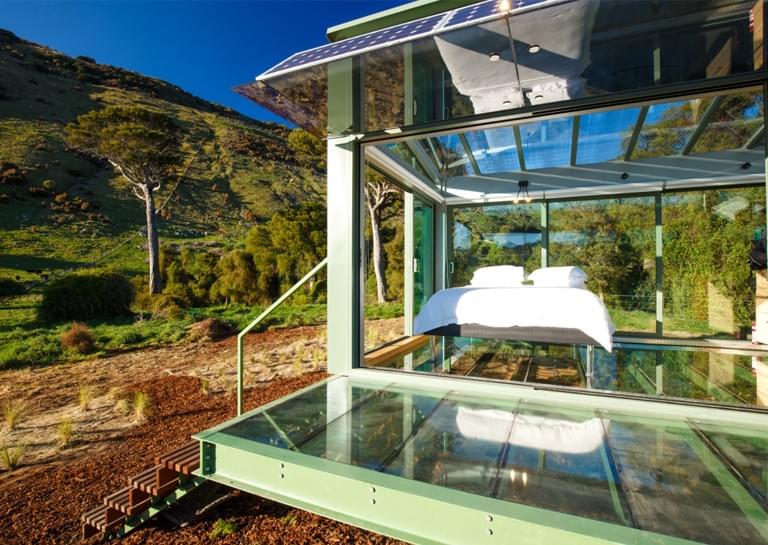Just as human counts are incomplete, so are animal counts. But the first worldwide compilation of animal cases is a start at understanding the extent of human-to-animal transmission, scientists say.
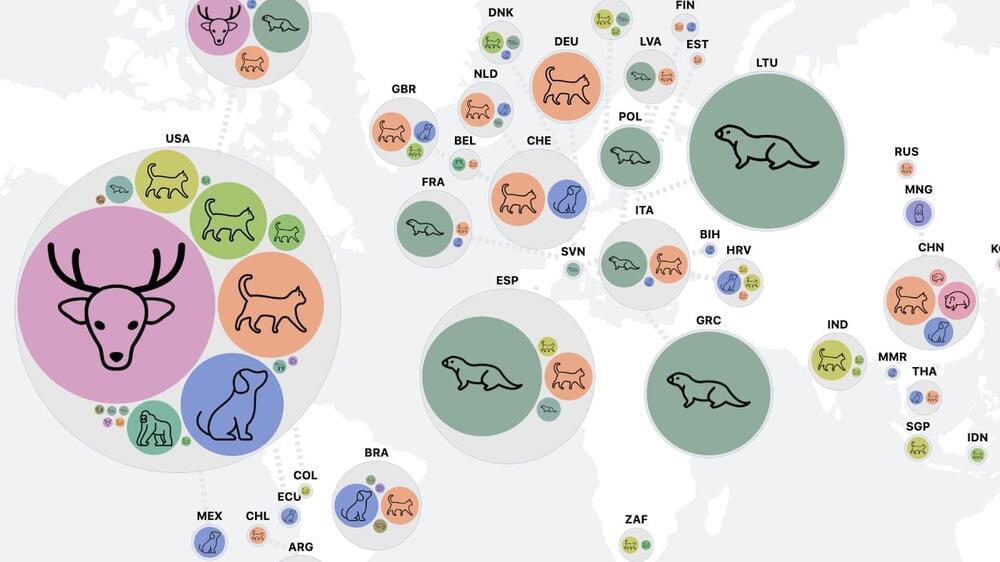

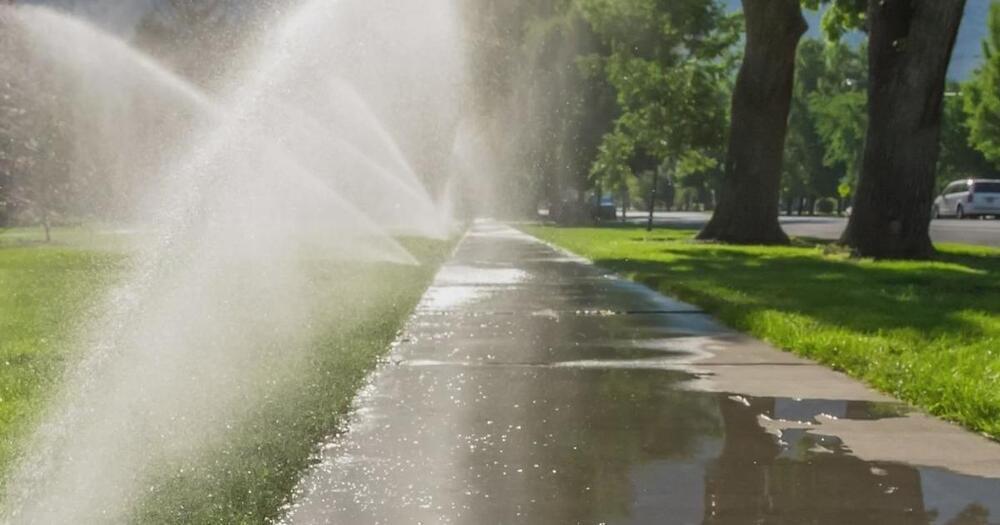
In the past, the city relied on complaints to identify people not following the rules, but new digital water meters installed city wide means the city doesn’t have to wait for someone to call.
The meters send water data back wirelessly. Customers can now monitor their daily and hourly water use through an app, alerting them to high usage rates or leaks.
The city though is also able to see high use rates at times when it doesn’t add up. Rates of 300-gallons per hour on a Monday, indicated someone probably had the sprinklers on, triggering a notice.
Deceptively simple, outrageously powerful for longer, healthier, and happier living.
How can we make being healthy easy and accessible? By following these 3 simple rules!
My Free Program ► https://www.strengthside.com/thedaily.
Follow Along Program ► https://www.strengthside.com/guided.
Full Body Strength & Mobility Program ► https://www.strengthside.com/movestrongnow.
Connect with Josh.
Seabed core samples from Antarctica have revlaed that the icy continent was home to lush rainforests millions of years ago where life thrived.
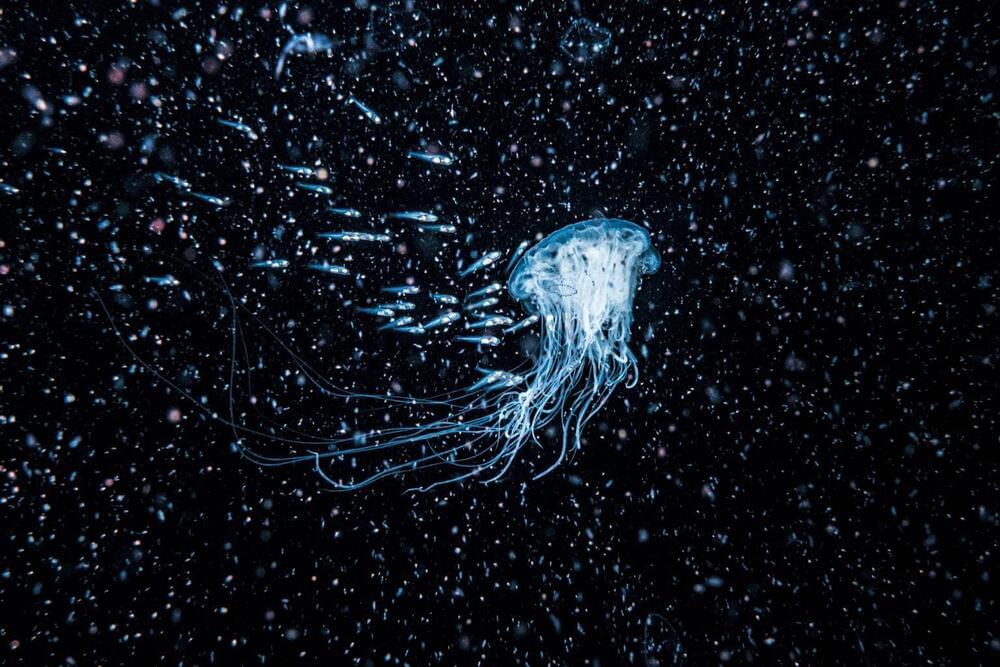
Scientists are uncovering more about an eerie phenomenon that has bewildered seafarers for centuries.
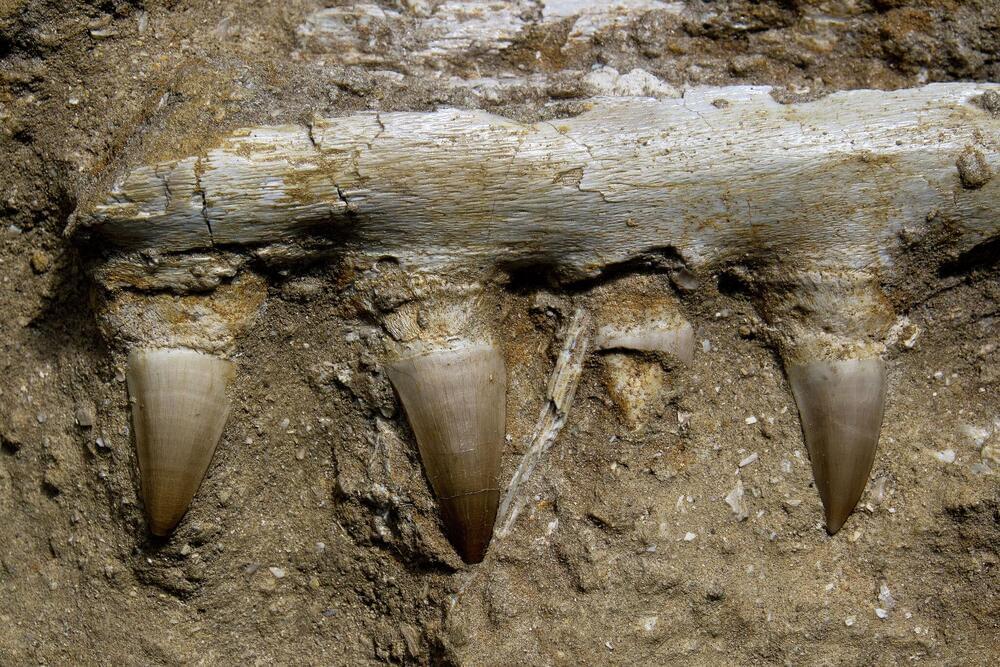
Paleontologists from the Perot Museum of Nature and Science in Dallas recently unearthed the fossils of a mosasaur, a 30-foot marine lizard that existed around 80 million years ago, according to a report from the Dallas Morning News.
Starting in mid-July, scientists excavated parts of the mosasaur’s skull, lower jawbones and several vertebrae from its spine near the fossil-rich North Sulphur River in North Texas. Stephen Kruse, an amateur enthusiast, told the Dallas Morning News that he first came across a piece of the creature’s spine as he hiked near the river.
“When I turned this corner, he was just sitting there, coming right out of the wall,” Kruse said.

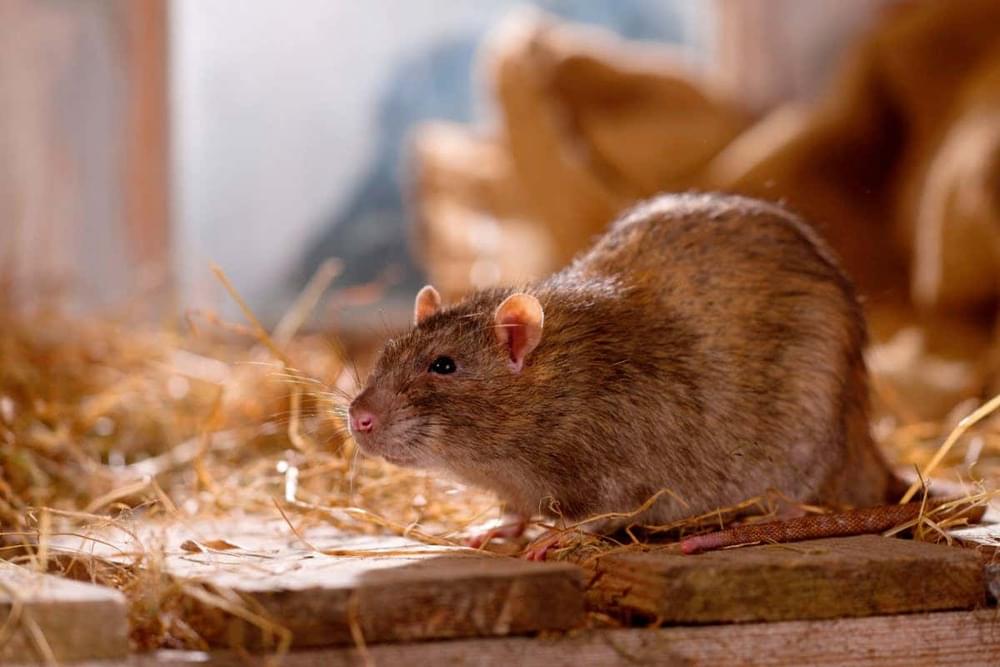
With more than 2 billion ICEs with many still operating in 2050, the technology will have to be banned to achieve net-zero by mid-century.
